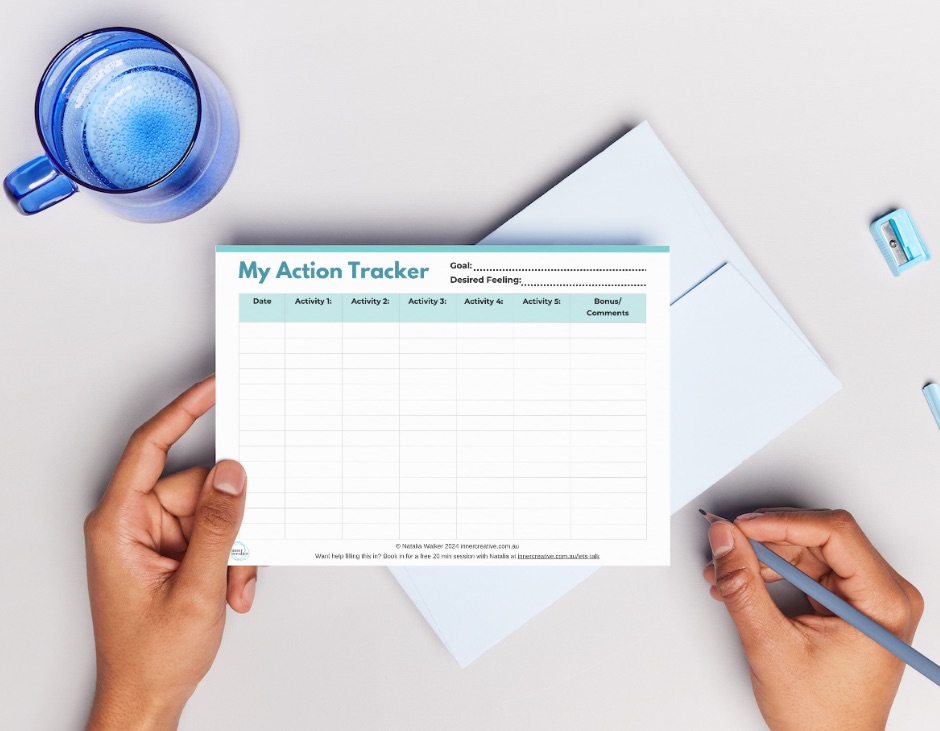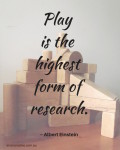
Quit smoking. Improve fitness. Lose weight. Travel more. Create more work-life balance. Learn a new skill. Spend more time with loved ones. These are some of the most popular new year’s resolutions found on Google. Any of these on your wish list? Well, it doesn’t have to be a pipe dream any longer. Here’s a simple yet effective way to get you moving towards your goals and maintain your progress.
The start of any new time period or milestone – like January 1st, school term, financial year or birthday – gives us an opportunity to create a new beginning and start afresh. But how many of our resolutions or new habit promises last?
New year’s resolutions tend to get a bad rap because they’re commonly abandoned by the end of January. Often made in haste or from a place of desperation; their success becomes largely based on how much willpower and determination we have and how long that can last. But there is a way to create change without it being a flash in the pan.
‘Really? Is it possible?’ you ask.
Yes. You can you make long lasting changes starting any day, not just January 1st or on a Monday.
Here’s a simple, action-oriented alternative to the all-or-nothing approach commonly applied to making and keeping resolutions and starting new habits. (I’ve created a template that you can download here to fill out as we go.)
1. Identify your goal and then how you want to feel once you’ve accomplished it.
Focus on the outcome you’re seeking, rather than setting a specific process or output as your goal. For instance, getting fitter is more outcome-oriented compared to having a goal of going to the gym. The former is more open-ended, and you can achieve it in a lot of different ways.
Once you have a goal in mind, work out how achieving this would make you feel?
Say you want to get fitter, how would you like this to feel? Perhaps you’d feel stronger? More energised? Confident? Optimistic?
There’s no wrong answer. Just pick one or two feelings that go with your goal.
At this point, it’s also helpful to identify your starting point (your ‘before’) and how you will measure when you’ve reached your ‘after’ or at least note progress along the way. It can be an objective measure like your resting heart rate (continuing with the fitness example) or more subjective about how easy it is for you to walk a certain distance, carry your groceries into the house or climb a set of stairs. Whatever it is, note it down for future reference. Although you won’t need to keep looking at it to get the most out of this approach.
2. Make an ideas list of actions that help you feel that way.
Aim for activities that are quick, easy and that you can do on a daily basis. Think outside the square.
For instance, if you want to get fitter and feel more confident, as well as listing fitness activities, you could include actions like wearing an item or colour that makes you feel confident, smiling at yourself in the mirror, sitting with a straight back, writing down things you like about yourself and your body, or taking deep breaths.
At this stage, it’s only ideas. You don’t have to agree to doing anything yet .
3. Narrow your ideas list to around 5 things that you can commit to doing on a daily basis towards your goal.
Create a chart with your activities (and their minimum requirements) listed along one side and then the date filled in on the other. Click here or on the image below for the Action Tracker template shown.

Build in some variety and be creative in what types of activities you include to reach that feeling. Make sure that they are all things that you want to do and feel enjoyable and easy.
Don’t include things that you already do habitually every day. For instance, I don’t include my regular Pilates class as one of my fitness tracker activities. This tracker is about extending our comfort zone. (If you wish you can note them in the bonus column.)
With each activity, determine a minimum amount that you’ll commit to. This is meant to be an easy stretch. Continuing with the fitness example, one of your activities could be to walk for x amount of minutes, x number of steps or x distance per day.
Only include things and amounts that you know are achievable for you at this stage. This is only your starting point. You can do more if you feel like it on any given day.
When I started my fitness action tracker, I listed drinking 4 glasses of water over the day as one of my activities. In an ideal world I would love this to be at least 8 glasses per day. And I may be able to do this on some days, but at this stage it would be a significant stretch for me to do this consistently every day. The aim here is to build success and not to find reasons to berate oneself nor give up because it’s too hard. As it turned out after a week or so, I found that I could easily drink 4 glasses of water each day, so I increased the minimum level to 5 glasses.
The aim is to build consistency before increasing the degree of difficulty.
4. Every day do as many of your identified activities as possible and record what you do.
Turn it into a fun game. How many of your activities can you tick off? Where is it easy to do something extra? List any other activities you do each day that also contributes to your goal and related feeling.
5. Modify your action tracker table as you go.
As things get easier or more embedded in your routine, either extend the minimum required or swap it for something that’s more advanced.
Also, if you find that you’re not doing one of the activities explore the reasons why. Maybe the activity is not a good fit for you? Maybe your expectations are too high?
For years I had a steady habit of walking for about an hour each weekday after I did my son’s school drop off. However, once I stopped walking him to school, I found it was harder to get myself out of the house to walk. When I created my fitness action tracker, I included walking as one of my activities. I thought that having a 20-minute minimum was a reasonable start. And while there were some days I went for a walk and often for 70 minutes I wasn’t walking consistently. So, I changed my minimum to walking a block instead. Funnily enough the idea that I only have to do that little is more likely to get me out of the house. And I have found that once I’m out, I’m happy to walk a little further.
The secret is to making the minimum requirement so low that you can’t argue or find excuses for not doing it. Once you overcome the inertia and get started it’s much easier to do more. The only caveat with this is that if you only do the minimum then that’s completely ok. For this to work, you need to keep your word to yourself. No tricks.
How does this action tracking approach work?
Change is more likely when we take small consistent actions rather than rely on huge efforts once in a while.
The key is to find small ways to create wins for yourself. Show yourself that you can keep your word. Create a feeling of success so that you’re inspired to do more.
There will be days when you won’t feel like doing anything. And that’s ok. We’re human. This is why we keep the bar low at the start. And if you can tick at least one thing off on your chart you’ve had a successful day. You’re less likely to give up and abandon the whole thing, and it’s easier to get back on the wagon and perhaps do more the next day.
Over time you show yourself that you can honour your word and do what you say you will. You show yourself that you can be successful. It’s easier to build on your momentum, until one day you turn around and realise that you’ve come a long way from where you started.
May you use this action tracking approach to set yourself up for success. Then you can create change starting any day, not just in January.
This is an expanded version of the original article ‘An easier way to keep your new year’s resolutions’‘ published in the January 2024 issue of the Connect and Grow Magazine.






